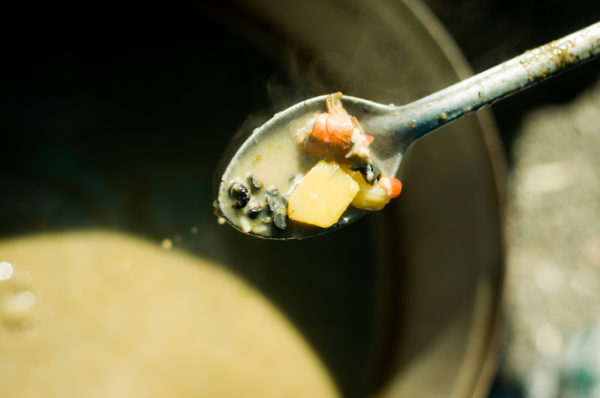3rd July 2020 will be the 5th anniversary of the inscription of the Blue and John Crow Mountains as a World Heritage Site. It is currently one of only 39 World Heritage Sites inscribed for both natural and cultural heritage. Most of the over 1,000 properties on the UNESCO World Heritage List are either natural or cultural heritage sites, so a “mixed” property is quite a feat.
Sites or properties inscribed on the UNESCO World Heritage List must be:-
- legally protected sites of outstanding universal value for selected cultural &/or natural criteria;
- in a well-protected state, with a high level of integrity (usually requiring large size);
- authentic, particularly with respect to cultural heritage and
- suitably managed with a legally designated buffer zone.
There is a rigorous process involving preparation of a nomination dossier and independent evaluation including a site visit by evaluators prior to inscription. It took Jamaica, over ten years of work to have the Blue and John Crow Mountains placed on the prestigious World Heritage List.

Photo Credit: M.-Morgan
The Blue and John Crow Mountains World Heritage Site is the 26,000 hectare, core Preservation Zone within the National Park – this is an area of closed broadleaf or primary forest – one of the last remaining such areas in the island. The National Park (designated in 1993 on boundary of the Blue Mountain Forest Reserve) is just over 41,000 hectares. The first nomination to UNESCO in 2011 sought to have the whole area designated as World Heritage. This nomination was deferred and the team had to go back to the drawing board as the whole area is not under good forest cover and in fact many areas particularly around Cinchona and west of Holywell are degraded – covered mainly by Caribbean Pine, Blue Mountain Coffee or invasive grasses.
Further, we had not used tangible or geographical descriptors for the cultural heritage so we had to clearly identify Maroon trails, battle sites and communities, including those which are now only archaeological sites such as Nanny Town. In addition, the Maroon communities had no national protection so the area had to be designated Protected National Heritage in 2014. Finally, the National Park does not have a legally defined buffer zone around it – except for some Forest Reserves and what JCDT refers to as the Community Buffer Zone – an area within 2km of the National Park boundary where we conduct public education and outreach and facilitate sustainable community livelihoods. Hence, we nominated the “crème de la crème” of the Blue and John Crow Mountains – the last remaining primary forest which is also the last resting place of many Maroon Freedom Fighters.

Photo Credit: S. Otuokon









